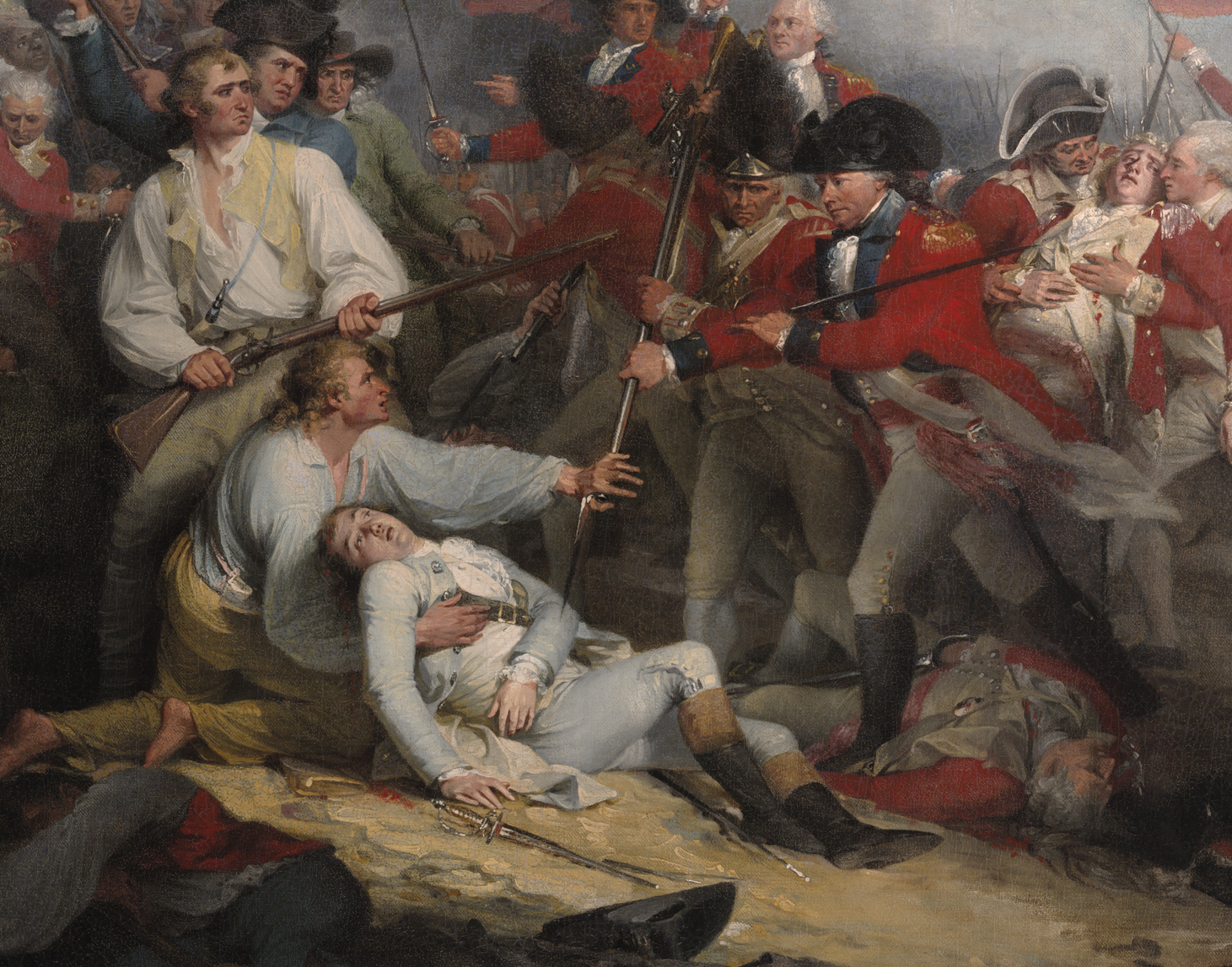Film highlights art from Works Progress Administration
CAROLYN THOMPSON, THE ASSOCIATED PRESS
Sunday, February 15, 2015
Eighty years after the federal Works Progress Administration put unemployed artists to work creating sculptures and murals for post offices and courthouses comes this reminder from film maker Michael Maglaras: Look around.
Much of the art is still there and has as much meaning now as it did during the Great Depression, says Maglaras, whose documentary “Enough to Live On: The Arts of the WPA” will be released May 15.
The 90-minute production by his Connecticut-based 217 Films revisits the inclusion of artists in President Franklin D. Roosevelt’s WPA program, better known for the bridges and buildings that it paid workers to build.
The arts piece offered creative types like Sinclair Lewis, Orson Welles and Jackson Pollock $42 a week.
“The goal was that you would walk into a public space – a post office, federal office building, courthouse – and you would be transacting your business, standing in line, passing through a hallway … and look at what was on the wall,” Maglaras said, “and what was on there would spiritually enlighten you and lift you up and take you away from the terrible burdens that all Americans were suffering during the Depression, and give you confidence and hope for the future.”
“Our film,” Maglaras said in a telephone interview, “is about recapturing, 80 years later, what it was like during the Depression to put people back to work, and not just folks that could use a pick and shovel, but folks that wrote books and painted paintings and wrote plays.”
Among 100 featured works is a 1936 Orson Welles production of William Shakespeare’s Macbeth featuring an all-black cast and set in Haiti, instead of Scotland.
“This is a 21-year-old Orson Welles and we have found archival footage that no one believed existed of rehearsals for this play,” Maglaras said.
 |
| “Life of Action,” Carl W. Peters, 1937. Mural. Photography: Fotowerks/St. Clair Photo Imaging, Rochester, NY. |
Also featured are two murals, each 22 feet high, painted over eight months in 1937 by artist Carl Peters inside a school in Rochester, New York. Peters drew on the passing faces of students and teachers at the former Madison High School for “Life of Action,” a softly colored depiction of construction workers in the shadow of a skyscraper. The companion “Life of Contemplation” is meant to show the need to balance action with education and thoughtfulness.
Madison High was torn down in the 1980s but the murals were saved and moved to another school, the Wilson Foundation Academy, where both are now preserved behind glass.
Other works have been lost or scattered through the years. The U.S. General Services Administration is in the process of tracking down the tens of thousands of pieces created through 1943. At last count, more than 20,000 works had been inventoried.
The agency said the artwork is most commonly found when it’s offered for sale.
“GSA has been contacted by museums staff, appraisers, lawyers, state and local government officials, conservators, scholars, and citizens with information regarding New Deal artwork,” the GSA said in a statement. “In some instances, special agents and GSA staff have found New Deal artwork by searching online auction houses.”
Maglaras said enough still exists in their original locations to make a state-by-state tour.
“Walk into a post office and buy a stamp in very small towns in Missouri, Montana, Illinois, Maine and see up on the wall something that was created by an artist that Franklin Roosevelt essentially hired to help lift America out of the Depression,” he said. “We still have a ton of WPA art within our grasp.”
The documentary will premiere at the New Britain, Connecticut, Museum of Art and then tour the country through December.





